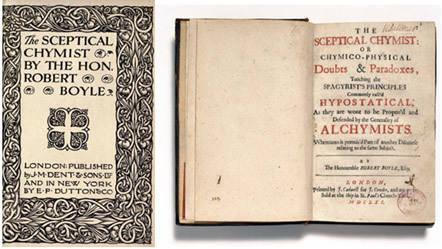In 1926, scientist Werner Heisenberg (1901-1976) stated that it is not possible to simultaneously determine with great precision the speed and position of an electron of a given atom. In fact, it is possible to specify the position or velocity of the electron in isolation, but as the precision in determining one increases, the precision in determining the other is lost. This means that the more accurate the measurement of the position of an electron in the atom, the less accurate the determination of its speed of movement and vice versa.
It's easy to determine the position and speed of a large object, such as a car; the electron, however, is microscopic and, therefore, determining its velocity and position is not possible because the measuring instruments themselves would alter these determinations.
Thus, it was adopted that, instead of determining only a defined orbit for the electron, it is more appropriate and correct to admit that there are regions possible for this electron to be.
These regions, where the probability of finding the electron in the atom is maximum, were called orbitals.Scientist Erwin Schrödinger made the calculations to determine this region and came up with an equation that relates the following quantities of the electron: mass, energy, charge and corpuscular nature, that is, its nature as particle*.
Do not stop now... There's more after the advertising ;)
Through the results of this equation, it was possible to identify the electrons by their energy content, through its four quantum numbers (numerical solutions of the equation). These quantum numbers are: main, secondary or azimuthal, magnetic and spin.
Through these numbers we now know that electrons are arranged around the atomic nucleus (as shown in the figure below) and that each electron has its respective quantum numbers; there is no possibility of two electrons in the same atom having the same quantum numbers.

* According to the French physicist Louis De Broglie, the electron has a dual characteristic, that is, it has the particle-wave behavior. Each electron is also associated with a wave. Depending, therefore, on the study being done, the electron is considered to be either a particle or a wave. In this case, its nature as a particle was related.
By Jennifer Fogaça
Graduated in Chemistry
Would you like to reference this text in a school or academic work? Look:
FOGAÇA, Jennifer Rocha Vargas. "The Heisenberg Uncertainty Principle"; Brazil School. Available in: https://brasilescola.uol.com.br/quimica/o-principio-incerteza-heisenberg.htm. Accessed on June 28, 2021.



